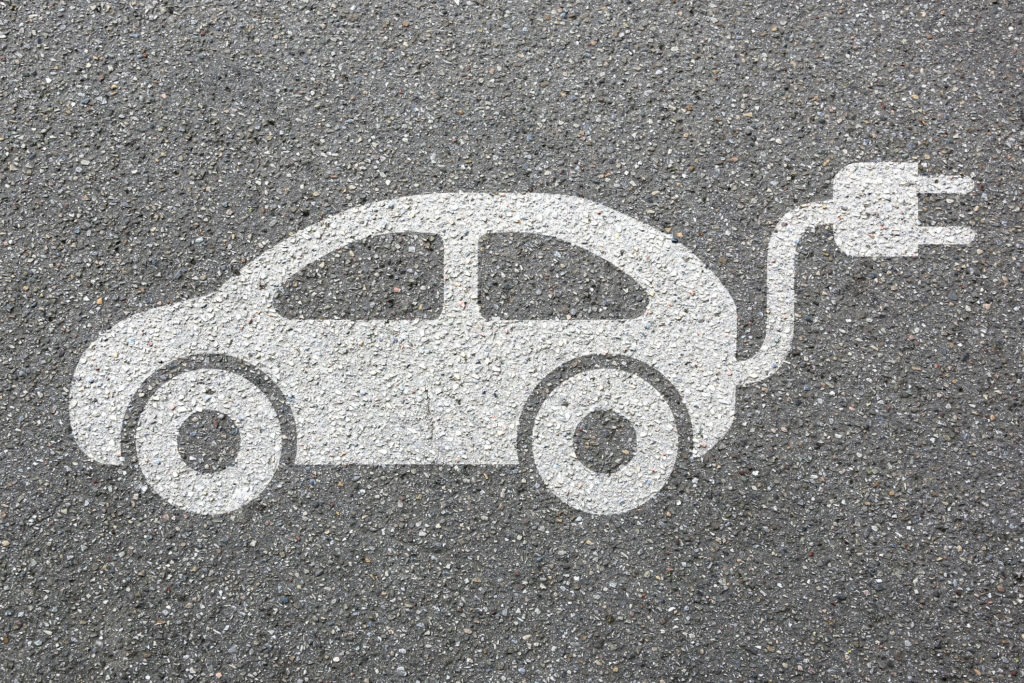Wireless charging a step closer to relieving EV range anxiety
19 May 2017

19 May 2017
One problem that markets believe is stalling the uptake of electric vehicles (EVs) is range anxiety, with drivers worrying about batteries lasting the distance of their trip and having to wait a long time to top them up. While fast-charging stations are starting to find their way into cities, a new project between Qualcomm and Mercedes could hold the key to unlocking potential with wireless charging systems.
The company is in partnership with German manufacturer Mercedes to bring more wireless electric charging to the US in 2018, tied to the launch of the new Mercedes-Benz S550e plug-in hybrid sedan.
Mercedes say that drivers of the S550e will only need to park over a charging pad, with the process beginning automatically. The technology, if adapted to other manufacturers, could see car parks around the world featuring such pads, removing the necessary requirement to find a charging station and plug a cable in.
The process uses resonant magnetic induction to transfer energy. A primary coil delivers power underground through an electric outlet to the charging platform mounted in the ground. The electric car driver needs to park right over that platform. A secondary coil sends the power to a high-voltage battery on board.
The wireless electric vehicle system will be manufactured by a major power electronics supplier, yet to be named, which has licensed the technology from the company’s wireless charging unit, Qualcomm Halo. The company and the manufacturer have been working together on wireless charging technology for several years, through involvement in the Formula E electric racing series.
The two companies announced their partnership in bringing wireless charging to market in 2015. They’ve promoted the technology’s potential for being quicker and more powerful than plug-in charging.
Meanwhile, Qualcomm has also gone a step further, in a technology demonstration at a test track in Versailles, France, the company used two Renault Kangoo vehicles which were able to charge their batteries by driving over pads embedded in the road surface, without stopping. At highway speeds, both vehicles were able to charge at up to 20 kilowatts.
However, the technology demonstrated has been in planning for some time. Korean vehicle manufacturer Hyundai filed three patents around the technology in 2015, the details of which were published in May 2017. These discuss electromagnetic fields and also include the ability for a system to detect whether someone is in the vehicle, and adjust the field automatically to reduce any harm for the occupant.
While there are obvious questions about deploying a wireless charging system in roads around Europe, the technology is developing nicely to be able to do so. The ability to charge a car as it drives will certainly remove any range anxiety that drivers are experiencing.